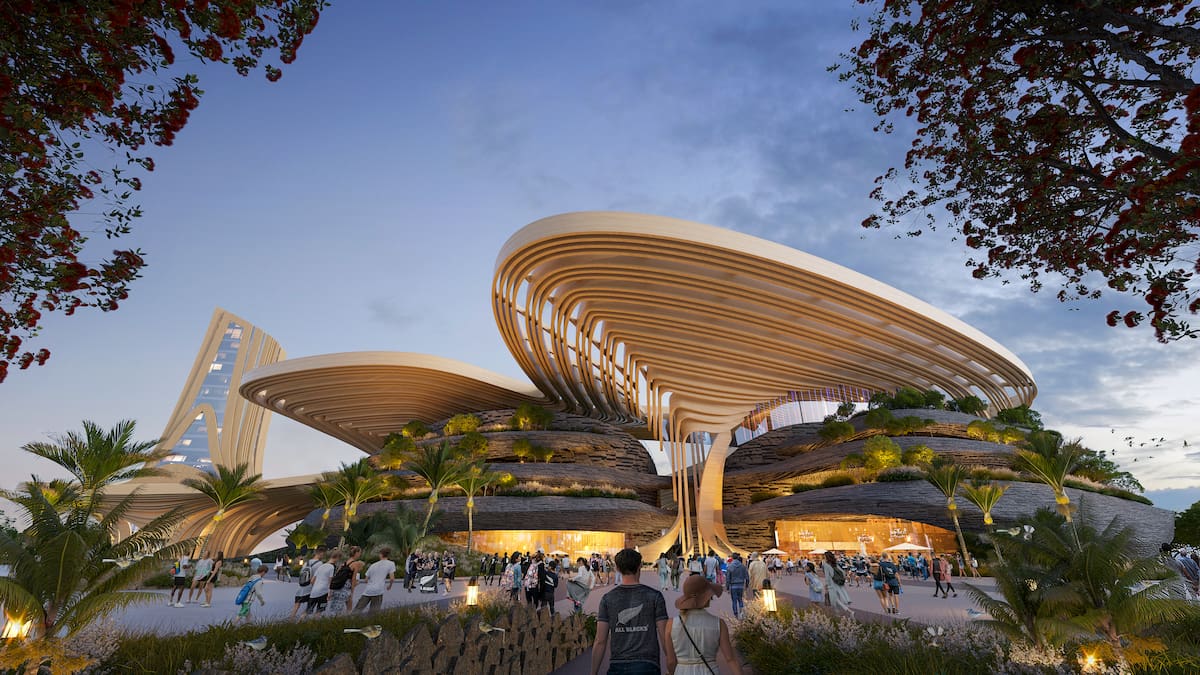I know what you mean... but its also a bit more than that & differences with the economy at play.Population
but Look at the quality of Combank, Allianz which are brand new & compare it to Auckland... And then they're upgrading the Panthers on top of that.
Even Townsville has a modern, innovative stadium with a tiny population

